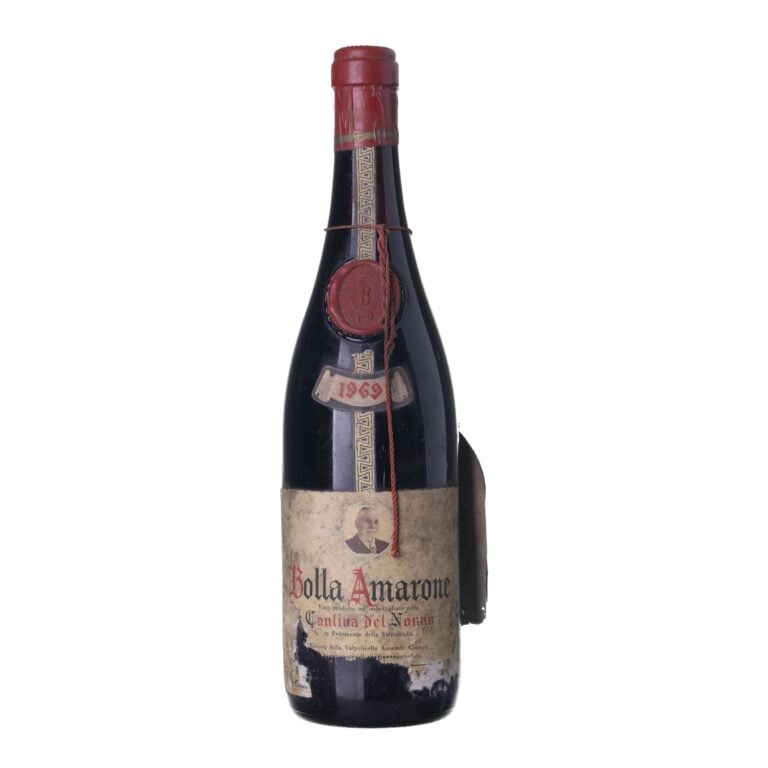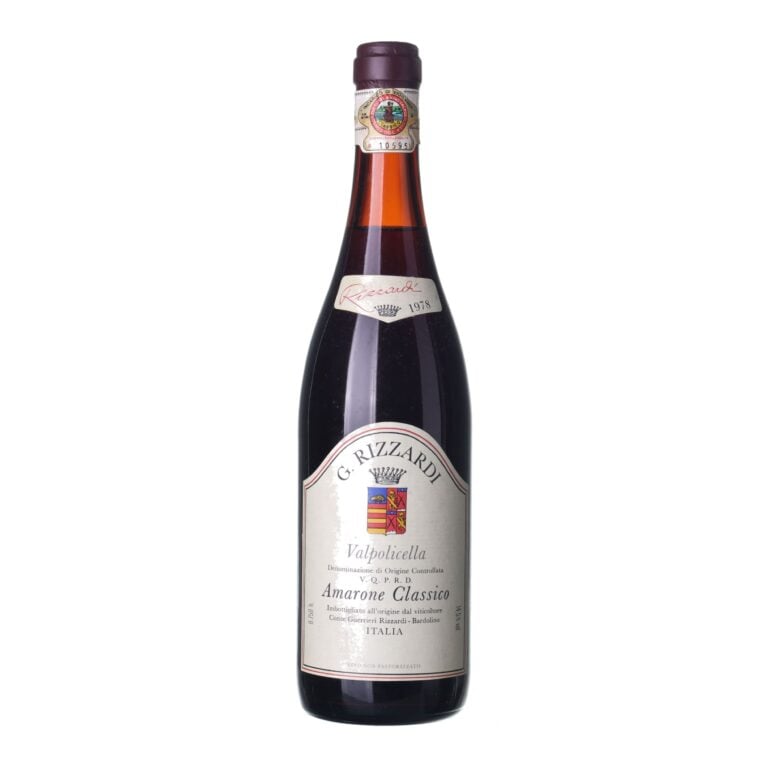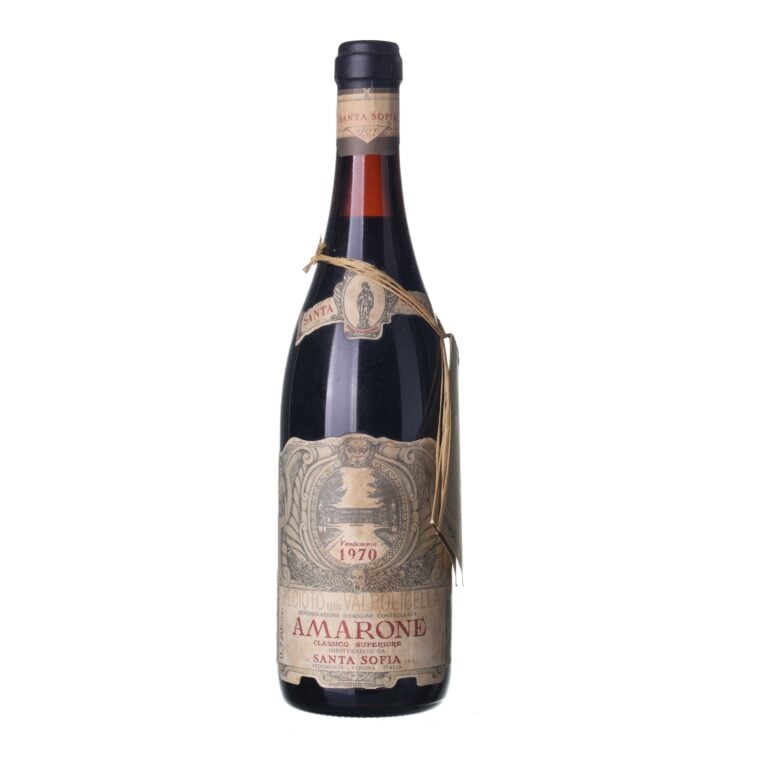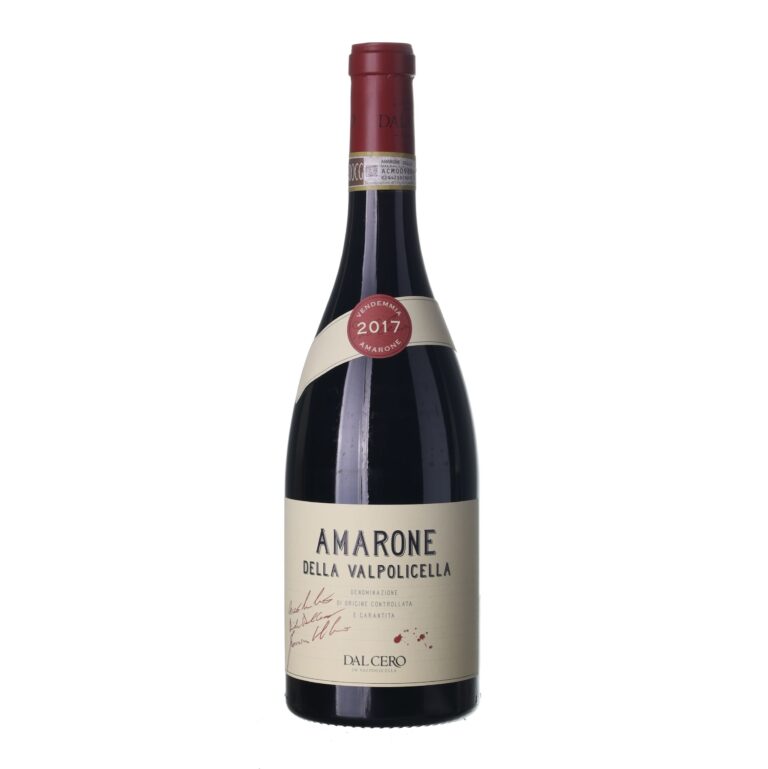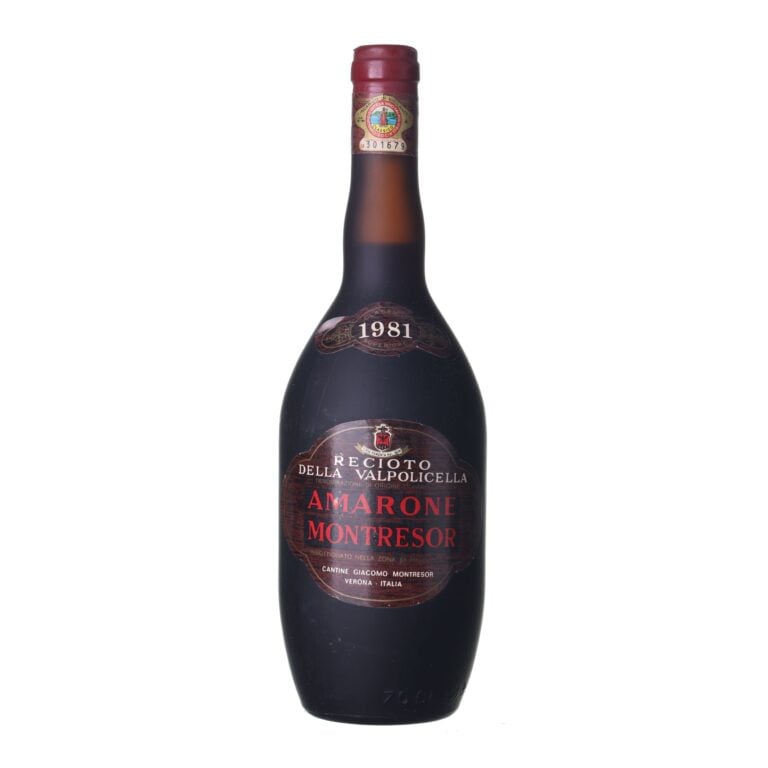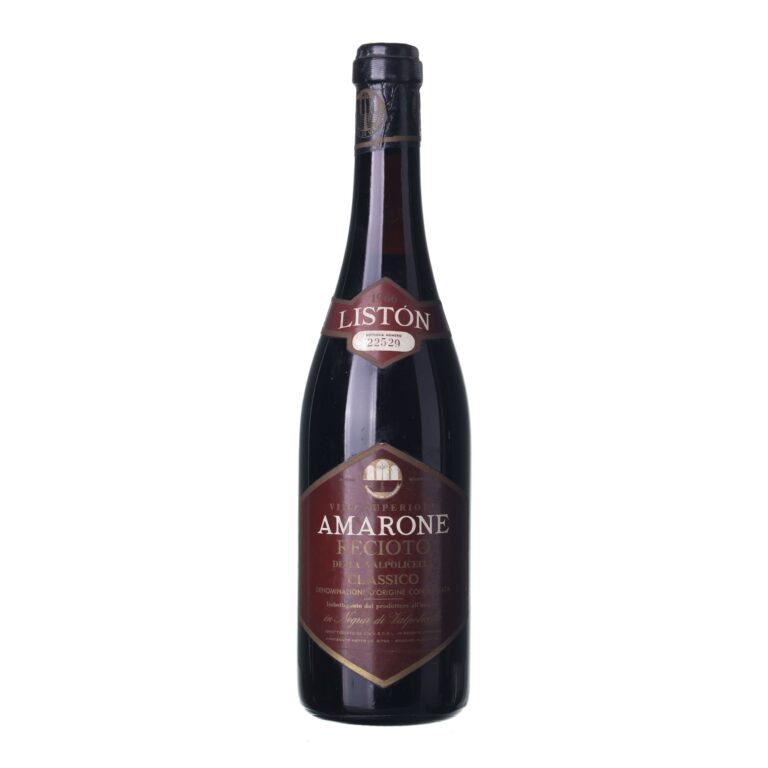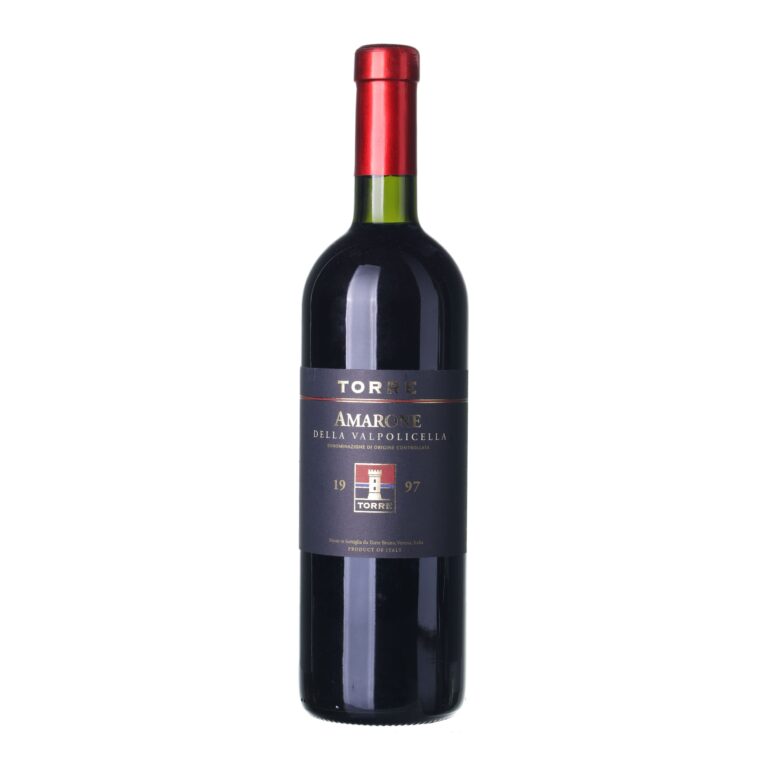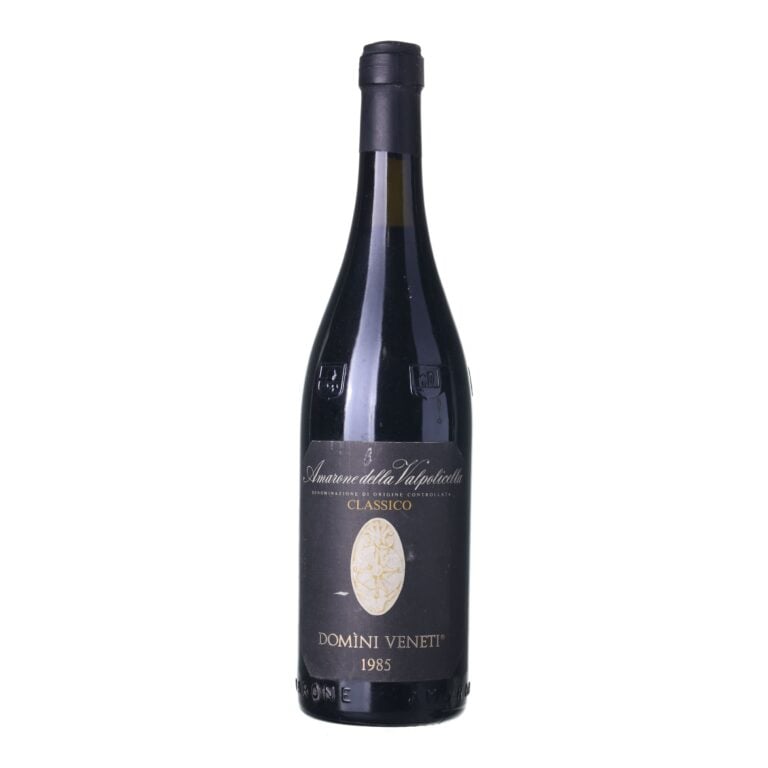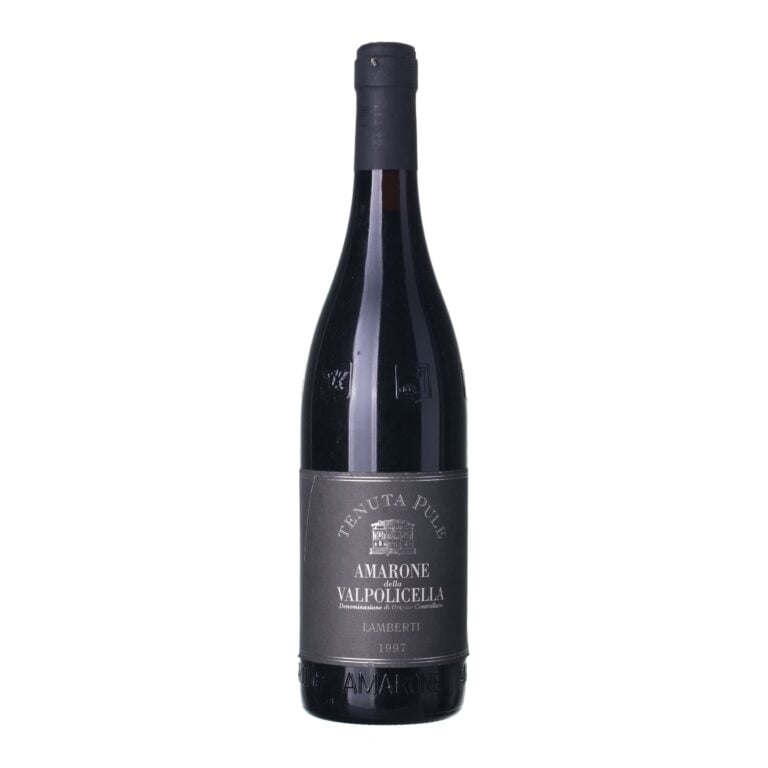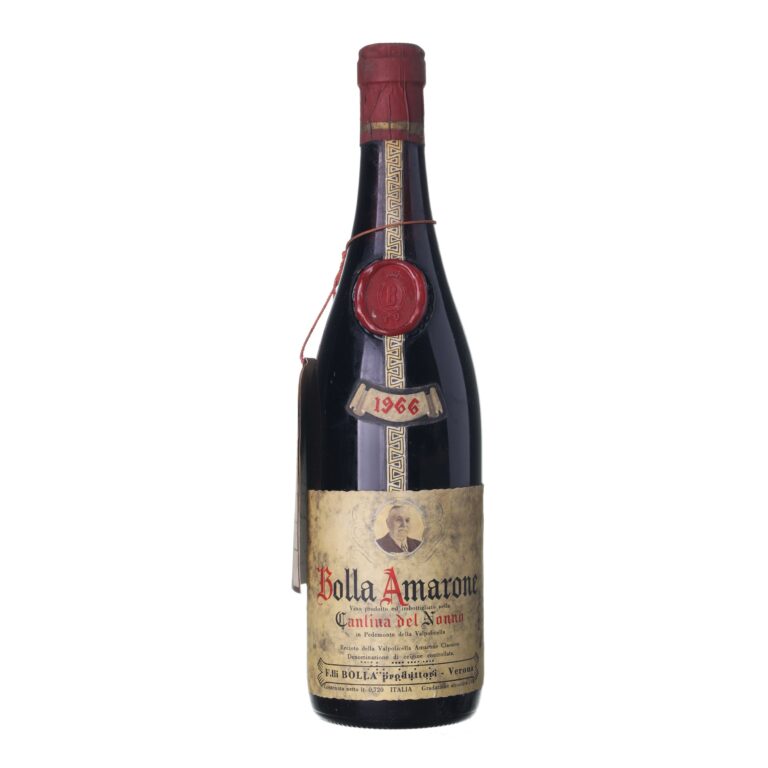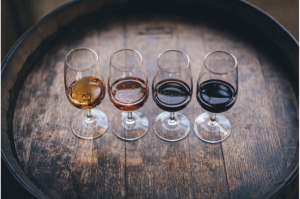An exceptional gift from Italy: Taste Amarone
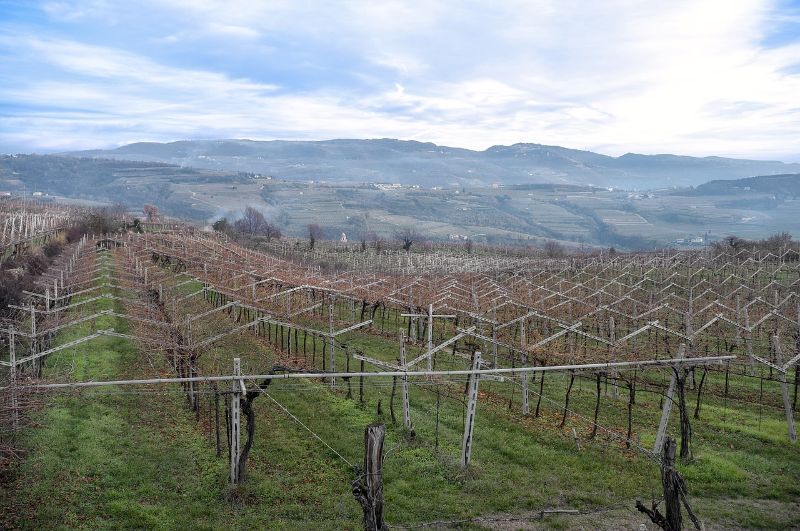
It’s easy to experience Italy even from your own home. All you have to do is open a bottle of the red Amarone della Valpolicella. To honor its well-deserved fame, pour it into sparkling glasses and sip it slowly. Nothing more is required for this exclusive taste excursion. So bon voyage! Or, rather, “Buon viaggio!”
The bitter taste of Amarone
Translated from Italian, Amarone means the great bitter. A legend says that Amarone acquired its name from an unknown winemaker. This winemaker didn’t want to produce the traditional sweet wine, so he let the mash ferment and the resulting wine contained very little residual sugar. Therefore, as he expected, the wine wasn’t sweet, and was instead dry with strong tannins.
The origin of Amarone is in failures in the production of the famous and prestigious sweet wine called Recioto. In the period when the possibilities for monitoring fermentation were limited, it was sometimes impossible to stop it in time and instead of the favorite sweet wine a “great bitter” – Amarone – was inadvertently created. It was only when tastes changed that Amarone gradually came to the fore, and with the growing popularity of dry wines, the reputation of this originally undesirable wine also grew.
Varieties used to produce Amarone
Corvina, Molinara, and Rondinella are the most common varieties used to make Amarone. These types of grapes have a sufficiently firm skin, so they are suitable for the specific production requirement of this type of wine – they must first be dried into raisins.
You see, it is very important that only hand-picked grapes of the highest quality are used to make Amarone, because any flaw in the grapes would show up during the process of drying them and it would degrade the quality of the resulting wine.
A long path leads to the taste of Amarone
Ripe grapes are usually picked by hand during the first two weeks of October. During the harvest, there is a preference for picking from vines that don’t have the grapes too tightly clustered in their bunches. This means that air can flow better between the grapes when they are dried later. The drying is traditionally done on straw mats in special drying chambers. It’s necessary to avoid handling the grapes during their drying period, because of the danger of the harvest-killing grey mold appearing. Italian winemakers know that the grape skins have to be treated very gently, because they give the wine an entirely unrepeatable taste and color. The drying period usually lasts 120 days, but the length really depends on the producers and the quality of the harvest. After drying, the grapes lose up to 50 % of their volume.
At the end of January or beginning of February the entire drying process has ended, and then the grapes are destemmed and pressed. The fermentation takes place at a controlled temperature for 30 to 50 days. If the fermentation is cut short too soon and residual sugar remains in the mash, they make a sweeter wine known as Recioto della Valpolicella out of it.
After the fermentation, Amarone Classico matures in oak barrique casks, which underline its unique taste. The resulting wine has a high alcohol content (around 15 %).
Amarone: wine from the land of gondolas and basilicas
The production of wine began in Veneto or Venetia in the second century CE. The excellent transport accessibility made this region one of the most-visited destinations in Italy. Lovers of literature will appreciate the proximity of the legendary city of Verona, which William Shakespeare immortalized in the tragic, romantic story of Romeo and Juliet. Wine connoisseurs then perk up their ears when they hear the name Valpolicella – the region Amarone comes from. Now you know where the home of this valued wine is, and how it’s made. It is this long and complicated production process that puts this wine at the top of the list of select wines, and therefore it is very suitable as a luxury gift, and perhaps even as a birthday gift.
Select wines. In your email.
once every month. You can look forward to our recommendations, interesting content, and great offers for your archive for your archive.
By sending an email you agree to the Terms and Conditions for Protection of Personal Data


